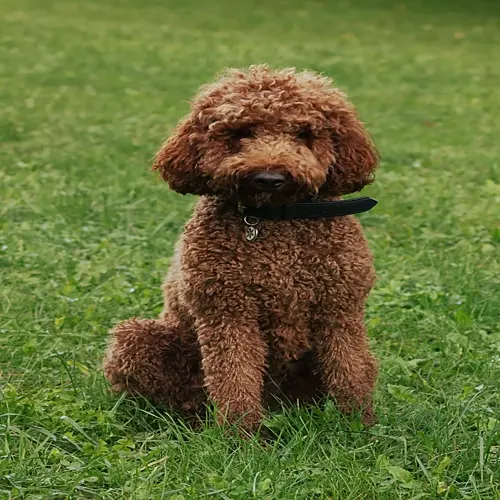How do I securely attach identification tags to my pet's collar?

Written by
Kailani Okoro
Reviewed by
Prof. Edward Clarke, Ph.D.Attaching pet identification tags properly avoids loss during excursions. Use split rings for permanent attachment on active animals. eZeClip attachments afford the convenience of easy changes for young animals. Check monthly to get warning connectors off before they fail. Avoid weak o-rings that bend under strain, causing the tag to be lost.
Split Ring Technique
- Pliers required for secure closure
- Double-twist method prevents accidental opening
- Ideal for water sports and rough play
- Metal strength withstands chewing forces
eZeClip Advantages
- Tool-free installation with finger pressure
- Quick release for collar changes
- Spring-loaded security maintains grip
- Ideal for puppies needing frequent adjustments
Maximum security is provided for adventure pets with split rings. A rotary action (using needle-nose pliers to twist the ring completely closed) creates a continuous loop that cannot snag on the fur. My retrievers' tags have remained secure through the years of swimming by this method. Inspect every month for metal fatigue near the point of closure.
eZeClip works well for puppies, multi-collar pets. The spring mechanism gives a firm hold with thumb release. I saved hours when my terrier grew out of three collars in six months. Avoid thick, leather collars, where the clip won't penetrate fully. Test monthly by gently pulling tags, using moderate force.
Monthly maintenance will avoid unpleasant losses from unexpected breakdowns. Check split rings for bends or gaps. Ensure eZeClip springs snap back firmly after being pushed in. Replace connectors that are rusty or weak immediately. I have extras stored in my pet's first-aid kit for occasions that arise during travel.
Read the full article: Pet Identification Tags: Essential Guide

